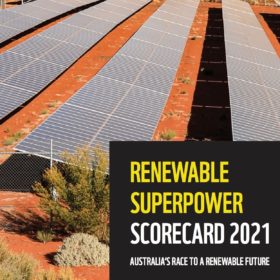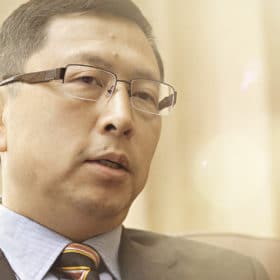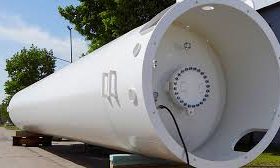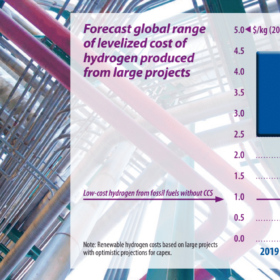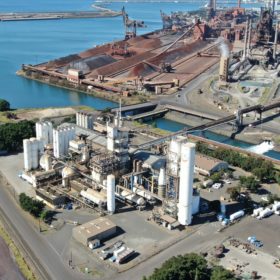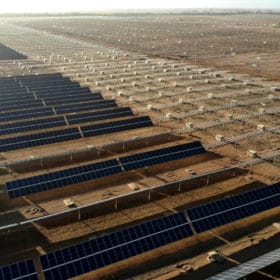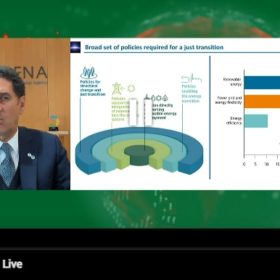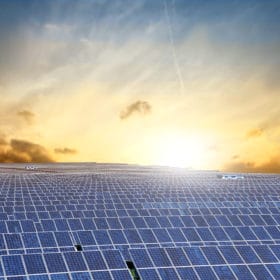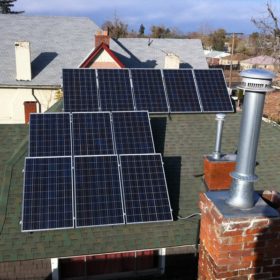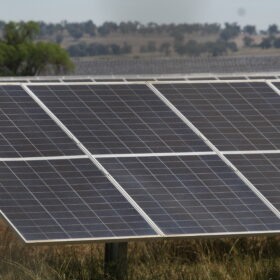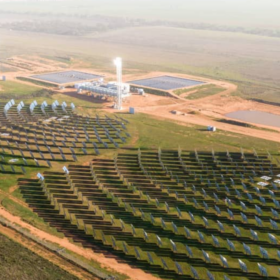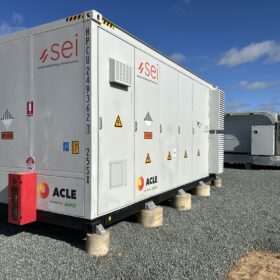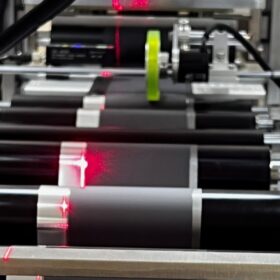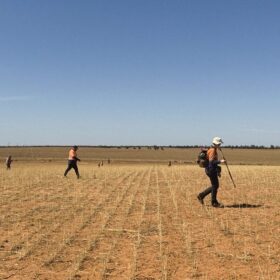WWF-Australia’s first Renewable Superpower Scorecard shows states doing the hard yakka
The World Wide Fund for Nature-Australia’s 2021 Renewable Superpower Scorecard has landed and shows how Australia’s states are putting in the hard yakka toward Australia’s renewable energy future while the Morrison Government lags behind.
‘Falling solar module costs are behind us’
Canadian Solar is pivoting towards energy storage and is preparing to IPO its manufacturing and Chinese solar project activity in China, under the CSI Solar operation, by July.
Hydrogen supply-chain opportunities: German & Australian SMEs meet today
Hydrogen offers so much potential to decarbonise industry and transport, and the race is on to resolve the complexities of cost and supply. How can German-Australian collaboration integrate existing and emerging technologies for accelerated outcomes?
Saturday read: More than just a pipe dream
When coupled to gigawatt-scale solar and wind generation, green hydrogen could be the clean fuel to unlock hard-to-electrify sectors of the economy. But first it must be transported cost-effectively to where it’s needed.
Coregas set to build hydrogen refuelling station at BlueScope Steelworks
The largest Australian-owned gases company, Coregas, has received funding from the New South Wales Government to develop a hydrogen refuelling station at the Port Kembla site of BlueScope Steelworks. The station will work to support the introduction of zero emission hydrogen fleet vehicles in the region and greater New South Wales.
ANU experts claim doubling rate of renewable deployment only path to net zero
Experts from the Australian National University have published a technical paper in which they argue a doubling of the rate of deployment of solar and wind would cut Australia’s carbon emissions 80% by 2040.
Global temperature goal of 1.5C needs 14 TW of solar by mid century
Renewable electricity will be linked to 90% of the actions needed to remove carbon emissions in 2050, according to the International Renewable Energy Agency, and the biggest volume of generation capacity will be provided by solar.
U.S. solar industry comes ‘roaring back,’ breaks multiple records in 2020
Here are the brand-new stats and forecasts from the Solar Energy Industries Association and Wood Mackenzie.
Q&A: EEW’s $500 million Gladstone solar to hydrogen project is just the start
Earlier this month, London-based Eco Energy World announced a $500 million project to combine its ready to build 300 MW solar plant north of Gladstone, Queensland, with a 200 MW hydrogen plant and 100 MW of battery energy storage. pv magazine Australia sat down with EEW CEO Svante Kumlin to discuss the project, the green hydrogen future, and Australia’s future in it.
Household solar holds key to climate-neutral Japan
Rooftops will have to supply a third of the 524 GW of solar generation capacity needed by 2045 to reach a zero-carbon economy by mid century, according to an academic paper. The researchers also suggested green hydrogen should not play a central role in the nation’s energy transition.
